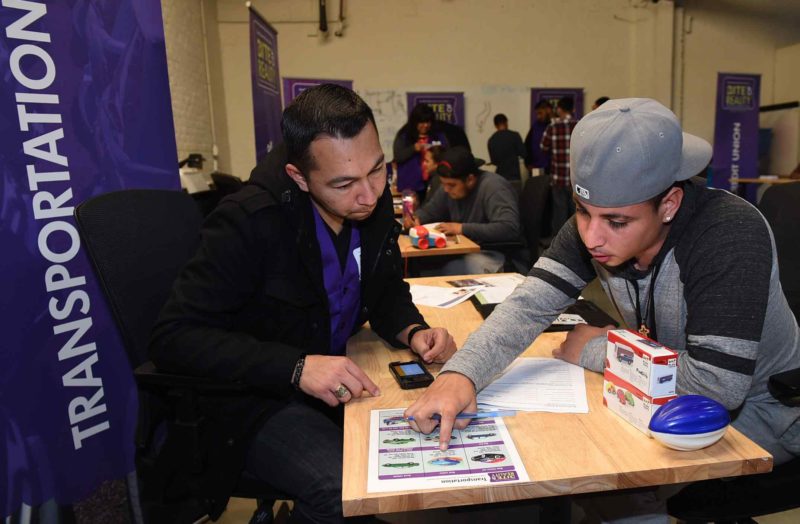
Share On Social!
As reported by the Long Beach Press-Telegram, a community-based think tank in Long Beach, Calif. (42% Latino population) detailed in a new report how the city is facing economic troubles along ethnic and geographic lines.
According to the report entitled “Long Beach Equity Atlas: Geographical Opportunity” by ReThinking Greater Long Beach, poverty among children and adults is concentrated in communities of ethnic and racial minorities, specifically in the south central and west areas while wealth is concentrated in the areas populated mostly by whites in the north central and east side of Long Beach.
“The rate of poverty will increase, and we will reach a point where the reserves of the city will be at such a drain … we will have to go to bankruptcy,” said Alex J. Norman, a retired professor and co-author of the report. “If our budget keeps increasing in terms of public safety and public health, without a working tax base continuing to fill the public coffer, then we’ll reach a tipping point when the city will no longer be sustainable.”
Using data from the U.S. Census Bureau’s 2014 Five-Year American Community Survey, Norman, along with co-author William J. Crampon, determined that the overall poverty rate in Long Beach is nearly 21%, compared with 18% in Los Angeles County and 16% in California.
It was also determined that the poverty rate for those under 18 in Long Beach was at 29% and more than 40% of youths in south central and downtown west Long Beach are in poverty. The same area found that nearly 30% of adults were in poverty.
In Long Beach, the median family income is $59,710 per year, with the highest median family income in the northeast, southeast and Shoreline areas, at more than $100,000 per year. The lowest income levels were reported in the south central and downtown west areas, where median family income is below $40,000 per year.
“As the Latino community continues to grow, the socioeconomic gap continues to grow as well,” said Jessica Quintana, executive director of Centro C.H.A., inc., a nonprofit social services agency that works with Latinos. “The central and west side of Long Beach, and the north side have been, for years, neglected. We’re talking decades of neglect from any resources, opportunities, education. It continues. This is the result you have.”
ReThinking Greater Long Beach found that 42% of the Latino adult population in the city has not completed a high school education, only 11 percent of blacks and 6 percent of whites have not completed high school. At the same time, while 47 percent of whites have completed a four-year college education, only 20 percent of blacks and 13 percent of Latinos completed college.
The report also determined that Latinos in Long Beach are the least likely to have a high school education. The lack of education and poverty were also key predictors of crime rates.
“It’s not surprising to know if you have poverty and education issues, the symptom of that is violence,” Quintana said. “It’s low-wage earners, substandard housing, poor education, and there’s not a whole lot of support systems and investments that have been made in those communities.”
In part as a response to the data produced by the report, Long Beach Mayor Robert Garcia said his office is working with the City Council to address the pockets of poverty that suffer with little access to jobs and health resources. The mayor pointed to the increase in internships under his leadership, as the city has added 750 since Garcia took office. The Mayor also wants the number of internships for those ages 16-24 to grow to 3,000.
“Most of these internships are going to students from disadvantaged communities, communities where they’re living in poverty,” Garcia said.
You can read more about the report here.
Share this story on Twitter: Economic disparities are prevalent among Latinos in Long Beach, Calif. #SaludAmerica http://salud.to/1V4nIcO @SaludToday
Explore More:
Healthy Families & SchoolsBy The Numbers
142
Percent
Expected rise in Latino cancer cases in coming years



